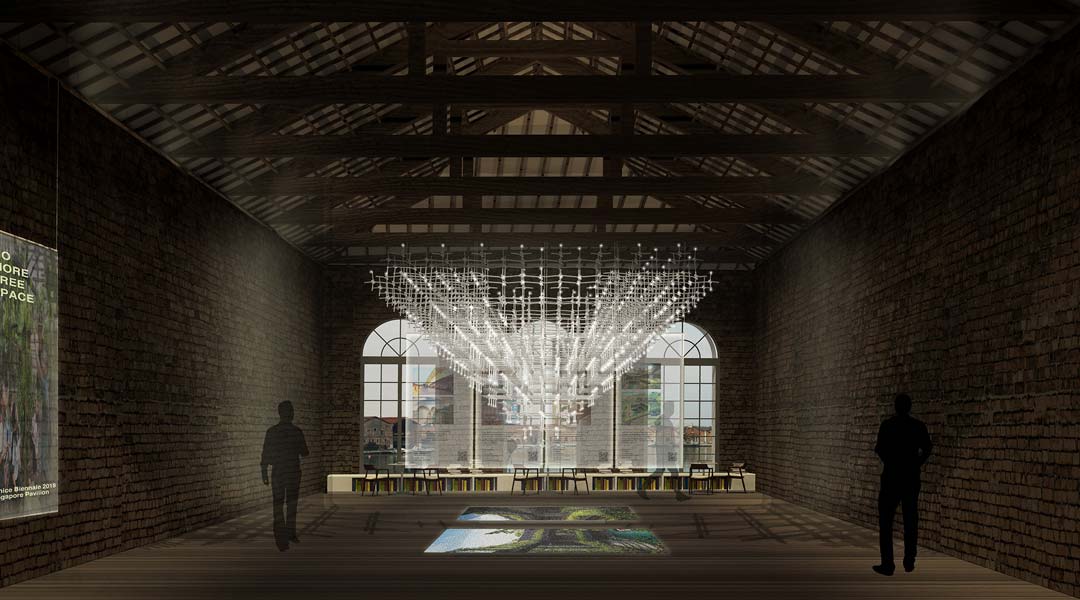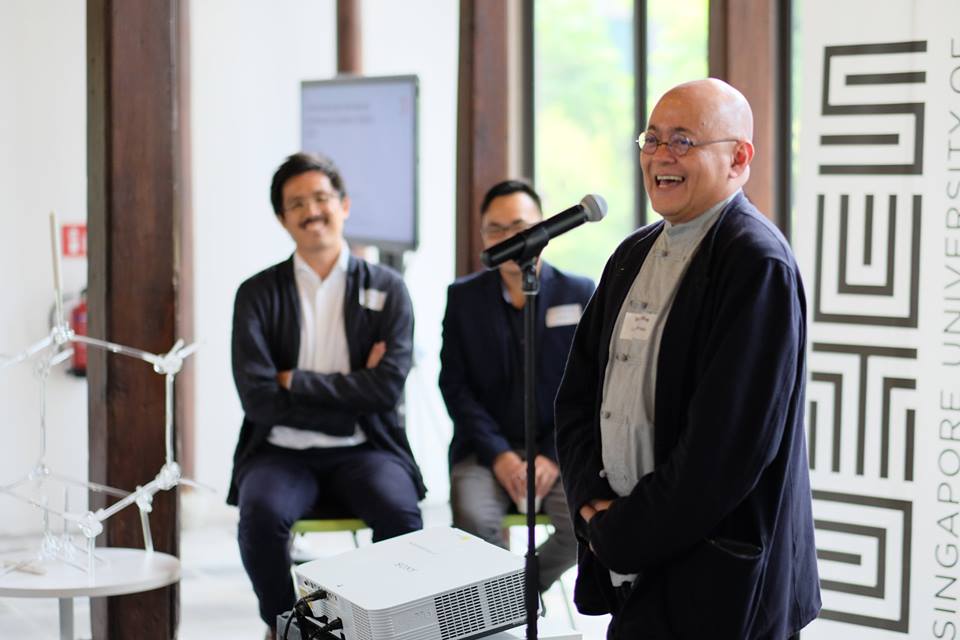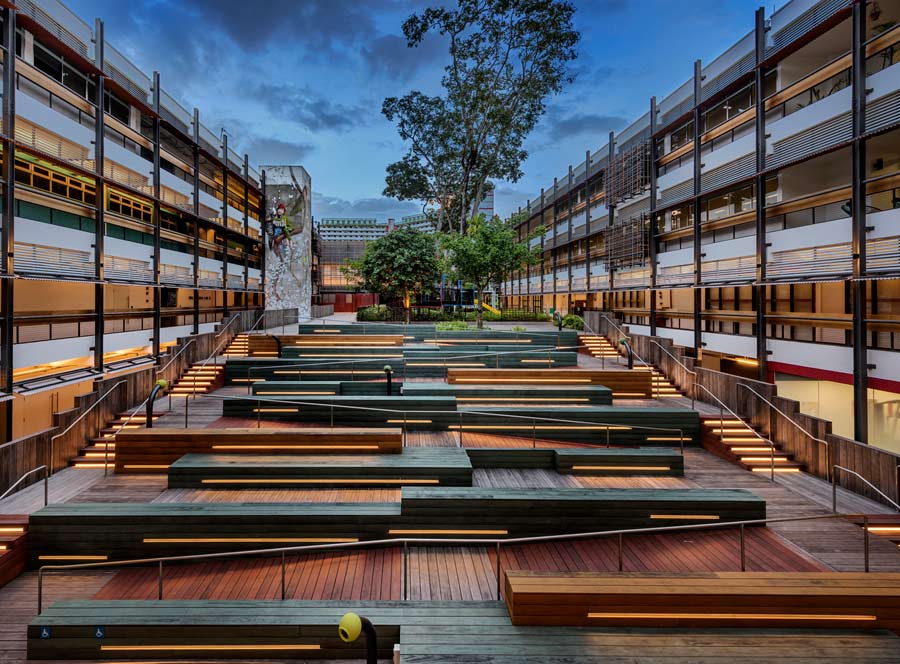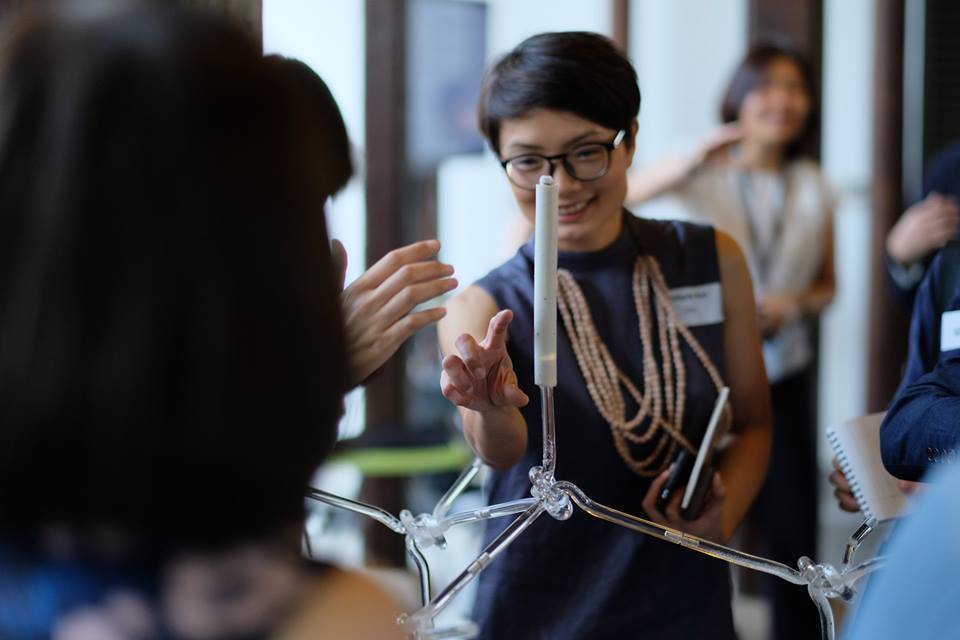
SG Pavilion for Venice Biennale asks: No More Free Space?
The Singapore Pavilion at the International Architecture Exhibition 2018 of the Venice Biennale asks if there is indeed No More Free Space? in the island state, in response to the overarching theme Freespace conceptualized by curators Yvonne Farrell and Shelley McNamara.
No More Free Space? tells the story of how, in spite of the lack of free space, Singapore-based architects, urban planners and place-makers have creatively found ways to bring delightful free spaces to the city’s everyday life. Singapore is a unique, multi-cultural, multi-ethnic island city-state with a population of about 5.6 million people on a land area of just 720 sq km.
Over 400 times smaller than Italy, Singapore has turned its constraints into opportunity by re-imagining what a highly compact city can be. As a city and nation-state, Singapore has to set aside land not just for housing, utilities, business, water catchment and recreation, but it also has to ensure there is land for future growth to keep the economy thriving and vibrant.
READ MORE: The Philippine pavilion at the Venice Biennale: A comeback after 51 years

The exhibition, commissioned by the DesignSingapore Council and the Urban Redevelopment Authority (URA), and curated by the Singapore University of Technology and Design (SUTD) in collaboration with the National University of Singapore’s Department of Architecture (NUS), celebrates how designers have innovated and borrowed from nature to create useful and delightful spaces and places.
“SUTD is honored to lead the curation of this year’s Singapore Pavilion at the Biennale Architettura 2018. My fellow curators from architectural practice, SUTD and NUS hope to present to the world the delightful possibilities of designing spaces out of limited or even non-existent free space. Drawing from the best Singapore projects, we hope to spur our imagination of the possibilities and elicit an appreciation of free space of architecture,” said Prof Erwin Viray, SUTD Head of the Architecture and Sustainable Design pillar and Singapore Pavilion lead curator.


Set against the backdrop of Singapore’s compact urban environment, the exhibition features 12 Singapore-based projects that showcase the resourcefulness of the architects, their inspirations and the realization of ideas, while borrowing natural resources such as light, air, greenery and water.
Each of the 12 projects featured shows imagination, openness, discovery and resolution to turn constraints into possibilities. The projects also tap into social capital in order to bring joy and connect people to the larger community.
The Pavilion’s centerpiece features an immersive installation, an ethereal cloud made of skillfully handcrafted acrylic knots gently suspended in the vast spaces of the Sale d’Armi, Arsenale – a venue provided by the National Arts Council. Complete with a multi-sensory projection of lights, sounds and images of Singapore, the pavilion invites visitors to immerse themselves in the spaces within the cloud and enjoy the multi-sensory installation – in itself an example of a resourceful, unexpected free space.
READ MORE: Missed Singapore Design Week 2018? Here are 4 more design events you can attend


The presentation will be re-staged in Singapore in 2019 to engage the public about turning Singapore’s physical constraints into possibilities with imagination and creativity. No More Free Space? hopes to be a testimony of how the creative freedom of mind has the power to turn space constraints into a myriad of alternative possibilities.
“The Singapore story is one of overcoming constraints and turning adversity into opportunity. The Singapore Pavilion embodies this ethos. Our architects have not allowed limited physical space to limit their ambitions. The aim of our Pavilion is to share Singapore’s experience with others facing similar challenges – how we have overcome constraints through design to build a better home for our people,” said Minister for Communications and Information, Mr S Iswaran.
“Whether it’s a community kitchen in the unused space of a public housing development, or a library in a shopping mall, good design can make us feel positively about a space. The Singapore Pavilion spotlights the best examples of our architects shaping an innovative and lovable city by design,” said Mr Mark Wee, Executive Director (Designate) of the DesignSingapore Council (Dsg) and Co-Commissioner of the Singapore Pavilion.
For more information on the Singapore Pavilion and design forum, please visit website: www.nomorefreespace.com. ![]()


